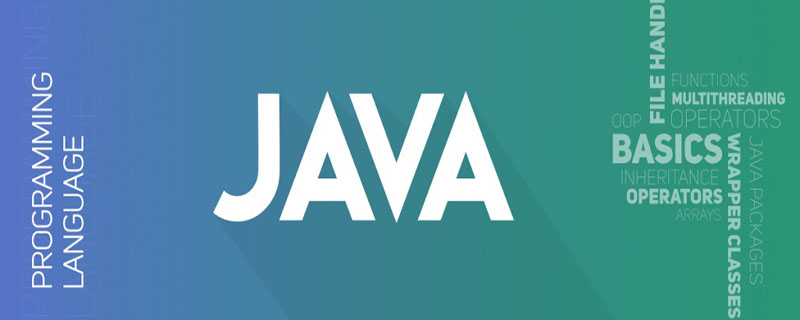JDBC (Java Data Base Connectivity, Java Database Connection) is a Java API used to execute SQL statements and can provide unified access to a variety of relational databases. It consists of a set of classes written in Java language and Interface composition.

JDBC provides a baseline from which more advanced tools and interfaces can be built, enabling database developers to write database applications. (Recommended learning: java course)
Java specifies some programming standards to the outside world, and other database server manufacturers write corresponding implementation plans in accordance with this standard. In this way, Java programmers only need to learn Java standards and do not need to understand the implementation details of different manufacturers. All operations are learning interface development. Just complete the specified business that needs to be completed according to the standards specified by the interface.
Why use JDBC?
In order to store and solidify data persistently on the disk, we need to master the database.
In order to complete the persistent storage of data through Java code, we need to learn JDBC.
Through JDBC we can operate the data in the database in an interface-oriented manner, which is more convenient.
Java itself is cross-platform, and JDBC applications developed through Java can be executed on different platforms.
JDBC provides a standard API for database development, so database applications developed using JDBC can also cross databases (requiring all to use standard SQL)
Need to use it in those scenarios JDBC
Java programmers must master JDBC if they want to deal with databases.
If you need to store data persistently in your business model, you must master JDBC.
The above is the detailed content of How to connect to database in java. For more information, please follow other related articles on the PHP Chinese website!